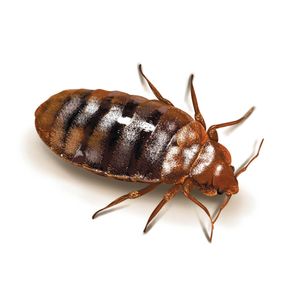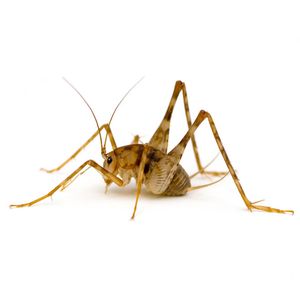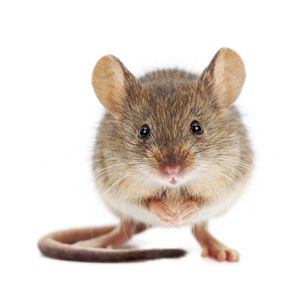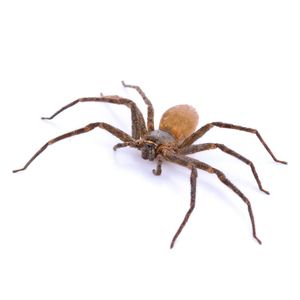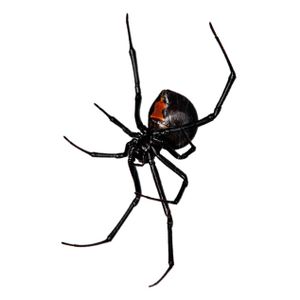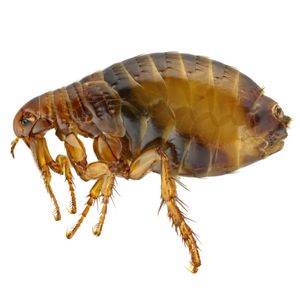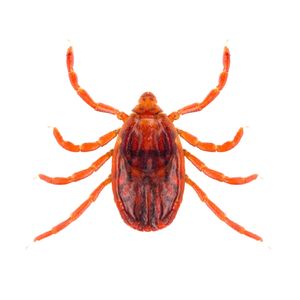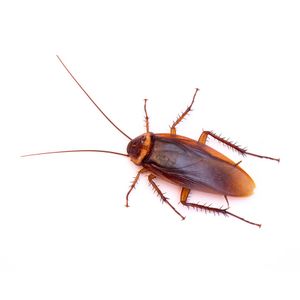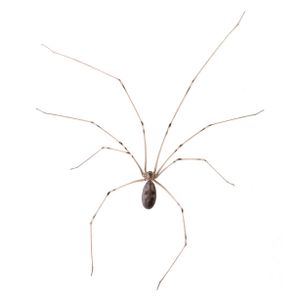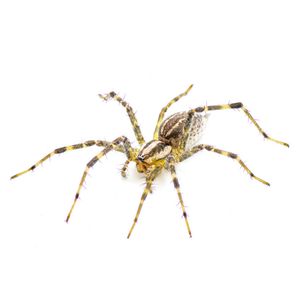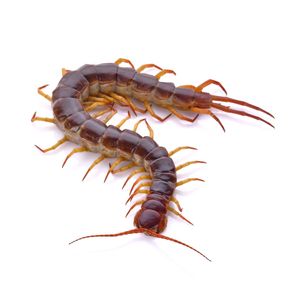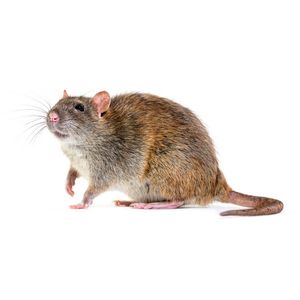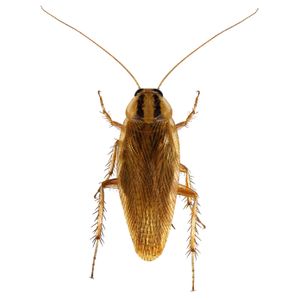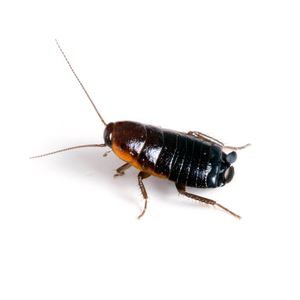GERMAN COCKROACH
The German cockroach is a small species of cockroach, measuring about 1.3 cm (0.51 in) to 1.6 cm (0.63 in) long; however, they are known to get bigger. It can be tan through brown to almost black, and has two dark parallel streaks running from the head to the base of the wings. Although it has wings, it is unable to sustain flight. Found throughout many human settlements. These insects are particularly associated with restaurants, food processing facilities, hotels, and nursing homes. In colder climates, they are found only near human habitats, since they are not very tolerant to cold. However German cockroaches have been found as far north as Alert, Nunavut, and as far south as southern Patagonia. The German cockroach is originally from Africa. It is very closely related to the Asian cockroach, and to the casual observer they appear nearly identical and may be mistaken for the other. This cockroach can be seen in the day occasionally, especially if there is a large population or if they have been disturbed. However, sightings are most commonly reported in the evening hours as they are most active at night. This type of cockroach can emit an unpleasant odor when excited or frightened.
